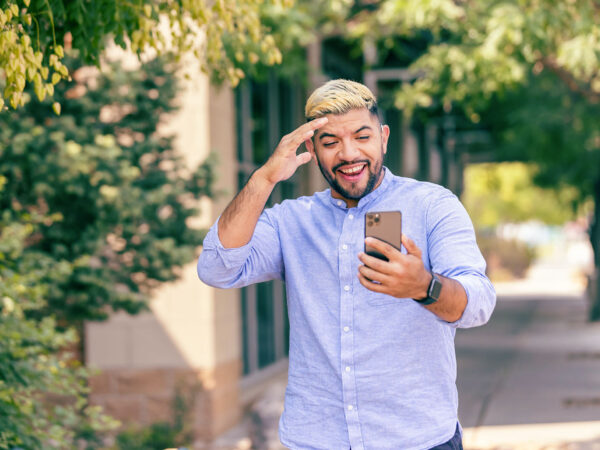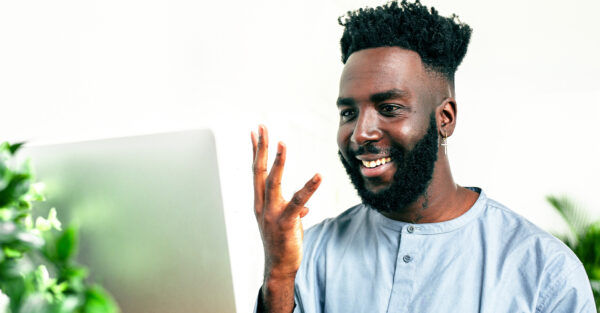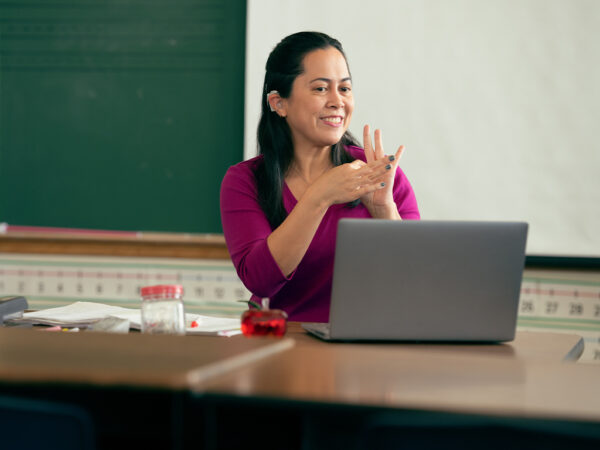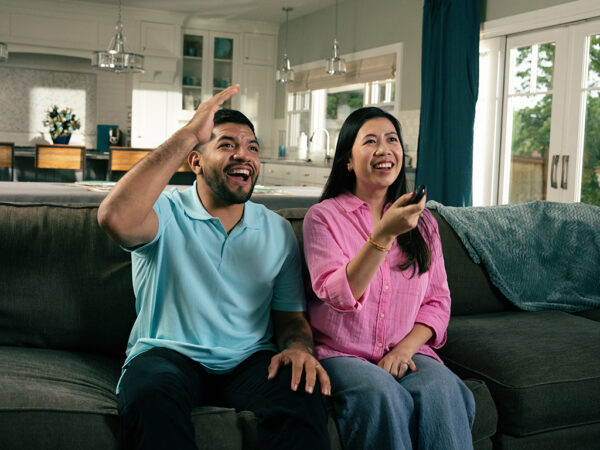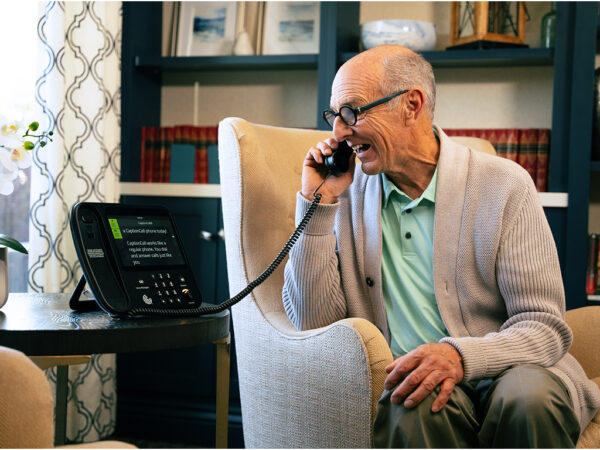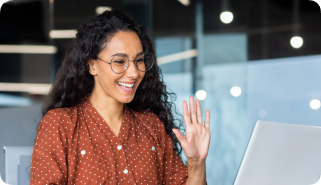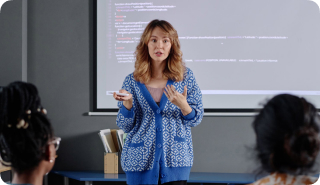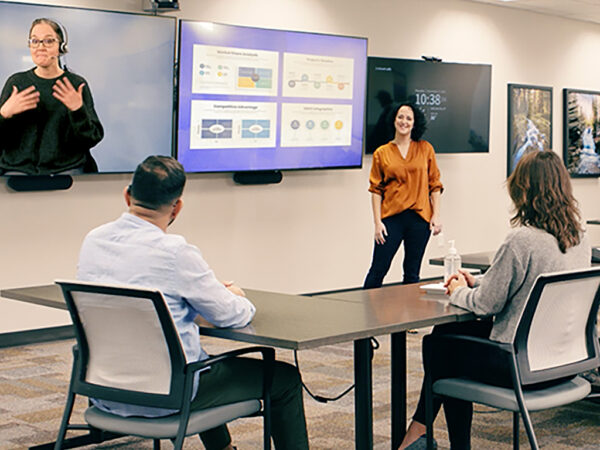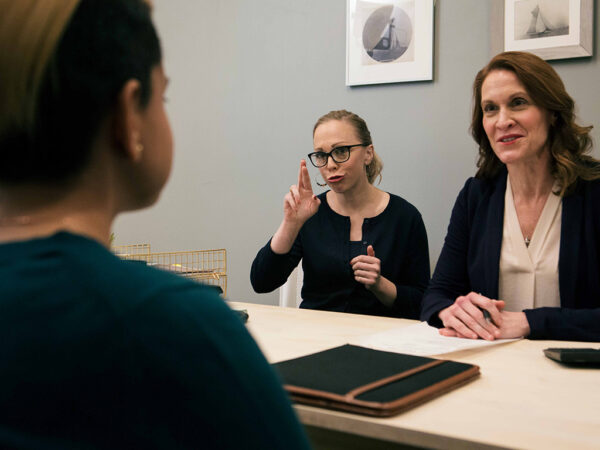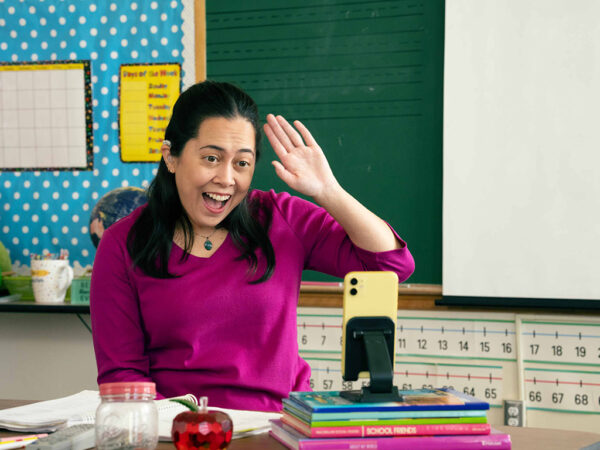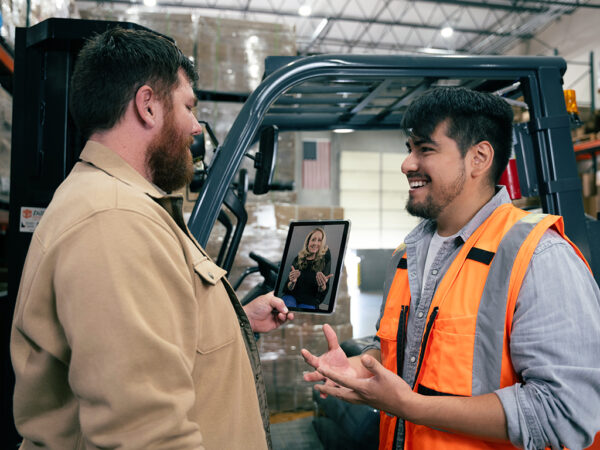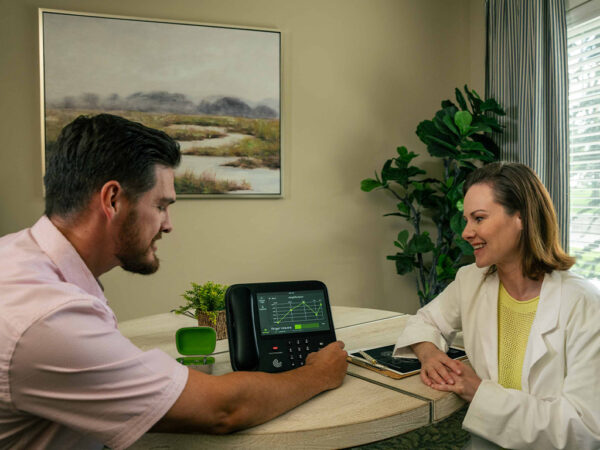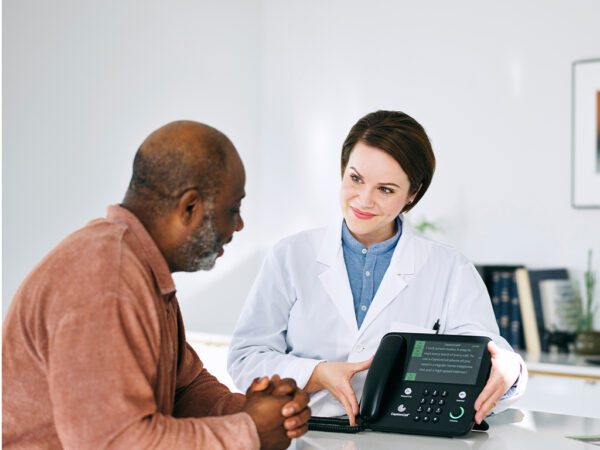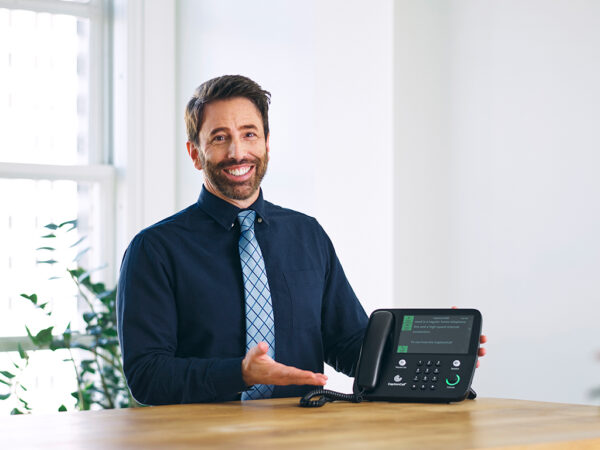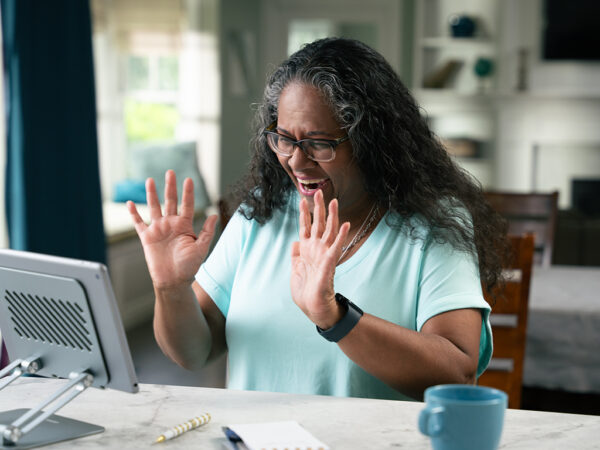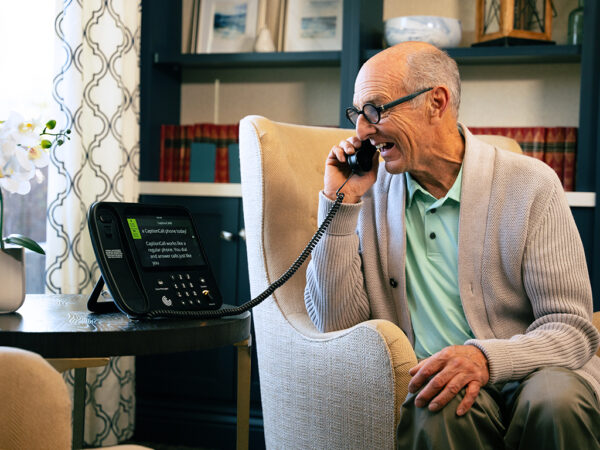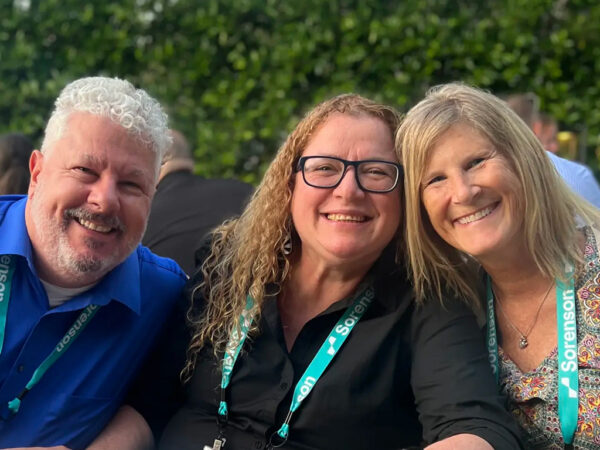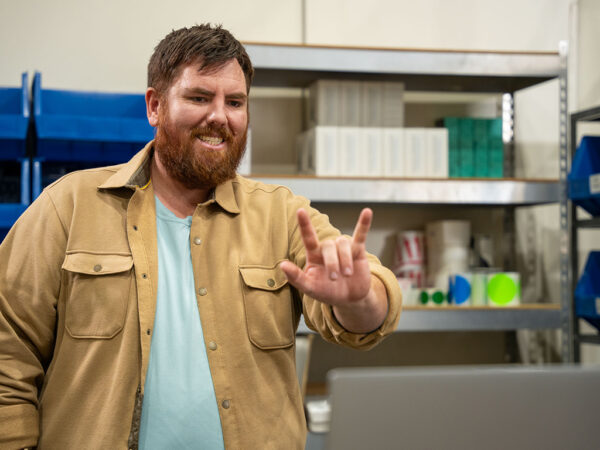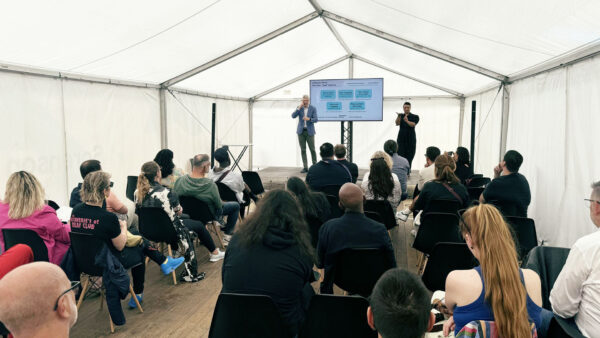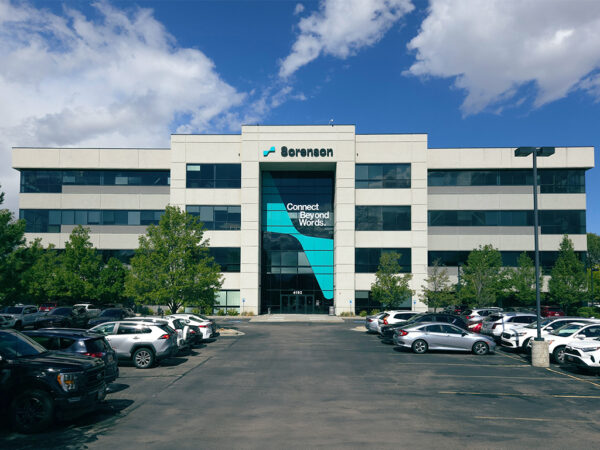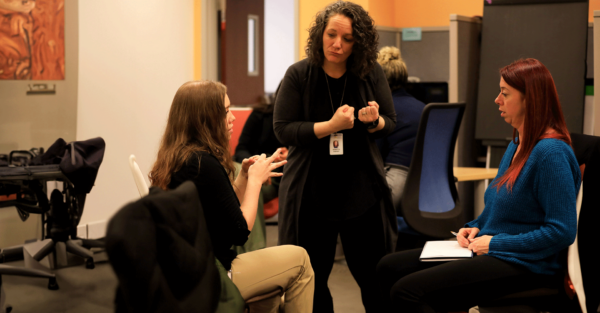Famous Deaf Women
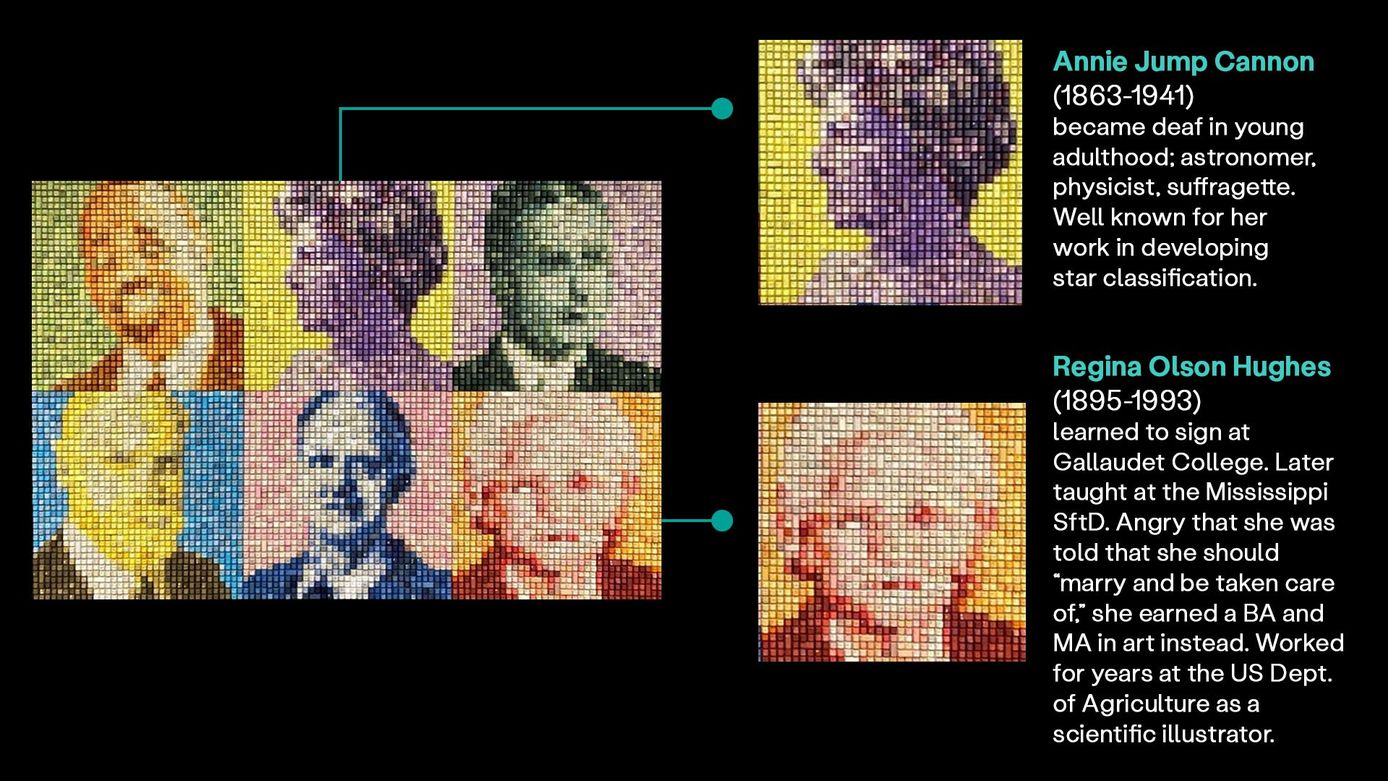
No Value (acf:field_669fe7fdb55ef)
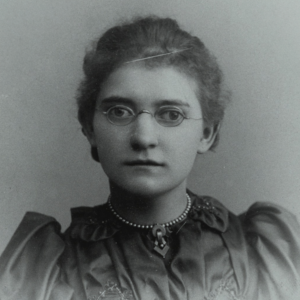
Agatha Tiegel Hanson — 1873-1959
Teacher, poet, and community leader, Agatha Tiegel Hanson was the first woman to graduate from Gallaudet with a four-year degree in 1893, as well as being the first woman to serve as class valedictorian. She contracted spinal meningitis at age seven which left her deaf in both ears and blind in one eye. She began attending Western Pennsylvania School for the Deaf when she was thirteen. In 1887, Gallaudet (which was named the National Deaf-Mute college until 1894) began enrolling women on an experimental basis. Agatha enrolled in preparatory classes in 1888, at only fifteen years old! She was part of a group of 13 women students that established a literary society named O.W.L.S. in 1892 and was its first president. (Only members of that society know what that abbreviation means.) In that literary society they discussed literature and debated with each other since the rules of the time prohibited them from debating with male students. O.W.L.S was the forerunner of today’s Phi Kappa Zeta. Hanson taught at Minnesota School for the Deaf for six years. In 1899 she married deaf architect Olof Hanson and they moved to Seattle. In Seattle, both she and her husband were influential leaders in the local Deaf community. She wrote poetry throughout her life, including the well-known poems “Inner Music” and “Thomas Hopkins Gallaudet.” Gallaudet University named its Hanson Plaza and Dining Hall in her honor.Annie Jump Cannon – 1863 – 1941
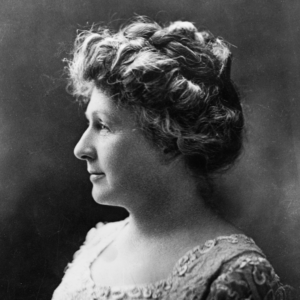
Related articles
Deaf Community
News
News and updates about Sorenson VRS products and features and the Deaf community
Hearing Health Providers News
Hearing loss news and trends for hearing health professionals
Hard-of-Hearing
News
News and updates about living well with hearing loss and getting the most out of CaptionCall and CaptionCall Mobile

No Value (acf:field_67911dacbb423)
Regina Olson Hughes – 1895 – 1993
An American scientific illustrator in Botanical Art, Regina Olson Hughes started losing her hearing when she contracted scarlet fever at the age of ten and became fully deaf at age fourteen. Born and raised in Nebraska, the weeds, plants, and flowers of her rural home combined with an interest in art. She graduated from then-Gallaudet College in 1918 with a bachelor’s degree in art and then her master’s degree in 1920.
She worked for the United States government in various departments as a scientific illustrator and translator. Due to her long work with the USDA and the Department of Botany at the Smithsonian Institute, she has both a plant genus and species named for her — the only person to have that honor.

No Value (acf:field_67911d8bbb421)
Shirley Jeanne Allen, EdD
In 1992, Dr. Allen became the first Black Deaf woman in history to earn a doctoral degree of any kind.
Allen was already studying music at Jarvis Christian College when she became deaf at age 20 after a bout of typhoid fever. She continued to play piano after her hearing loss.
She went on to earn a bachelor’s degree in 1966 from Gallaudet University, a master’s degree from Howard University in 1972, and then finally her doctorate in education from the University of Rochester. She was a professor at Rochester Institute of Technology for 28 years, retiring in 2001.

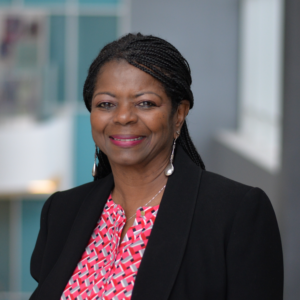 Courtesy Gallaudet University
Courtesy Gallaudet University
Carolyn McCaskill, PhD
A professor in the ASL and Deaf Studies Program at Gallaudet University and the founder and director of the Center for Black Deaf Studies, Dr. McCaskill was the second Black Deaf woman to get a Ph.D. from Gallaudet University. (Who was the first? Her younger sister. Brilliance runs in the family!)
McCaskill sat down with us in 2023 to talk about the significance of the Center for Black Deaf Studies and the representation of the Black Deaf community. Watch the interview here: Black Deaf History Claims Space at Gallaudet University.

Melissa Malzkuhn
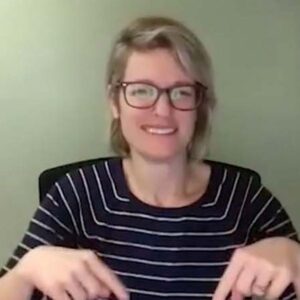
Melissa Malzkuhn is the founder and director of Motion Light Lab (ML2) at Gallaudet University. At ML2,
she leads creative research and development, intersecting creative literature and digital technology to create immersive learning experiences, including storybook apps that have been translated into over 20 international languages and using motion-capture technology to build signing avatars.
This now leads to ML2’s current project: using that motion-capture technology to create the first-ever animated TV series where the characters use sign language. We spoke to her about this project and its significance in Deaf literacy, education, and employment. Watch here: Here Comes Mavo! Animated ASL Show Expands.
Who else belongs on this list? Tag us on social media with your own suggestions of Deaf women trailblazers and what makes them remarkable.

